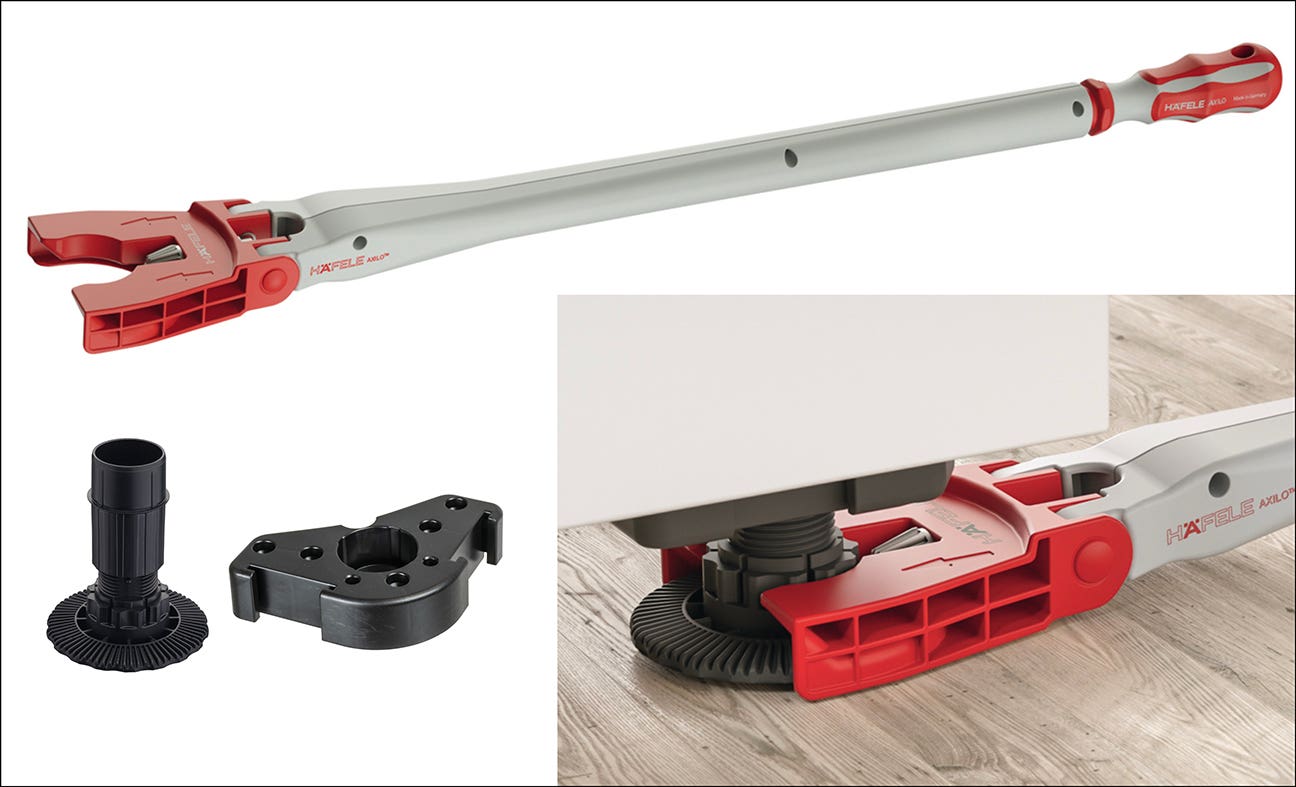Where are the workers?
Why does the phrase, “I told you so,” come to mind? A recent article in the New York Times about a company unable to find workers caught my attention. The…
Why does the phrase, "I told you so," come to mind? A recent article in the New York Times about a company unable to find workers caught my attention.
The article, written by Stephanie Clifford and published in the paper's Sept. 29 edition, begins:
MINNEAPOLIS — It was past quitting time at a new textile factory here, but that was not the only reason the work floor looked so desolate. Under the high ceilings, the fluorescent lights still bright, there were just 15 or so industrial sewing machines in a sprawling space meant for triple that amount.
The issue wasn’t poor demand for the curtains, pillows and other textiles being produced at the factory. Quite the opposite. The owner, the Airtex Design Group, had shifted an increasing amount of its production here from China because customers had been asking for more American-made goods.
The issue was finding workers.
“The sad truth is, we put ads in the paper and not many people show up,” said Mike Miller, Airtex’s chief executive.
The American textile and apparel industries, like manufacturing as a whole, are experiencing a nascent turnaround as apparel and textile companies demand higher quality, more reliable scheduling and fewer safety problems than they encounter overseas. Accidents like the factory collapse in Bangladesh earlier this year, which killed more than 1,000 workers, have reinforced the push for domestic production.
But because the industries were decimated over the last two decades — 77 percent of the American work force has been lost since 1990 as companies moved jobs abroad — manufacturers are now scrambling to find workers to fill the specialized jobs that have not been taken over by machines.
Wages for cut-and-sew jobs, the core of the apparel industry’s remaining work force, have been rising fast — increasing 13.2 percent on an inflation-adjusted basis from 2007 to 2012, while overall private sector pay rose just 1.4 percent. Companies here in Minnesota are so hungry for workers that they posted five job openings for every student in a new training program in industrial sewing, a full month before the training was even completed.
We are experiencing the same issue in the woodworking industry that also depends on finding highly skilled people. I’ll follow up with my thoughts in another post, but I’m curious about your reaction to this story.
D.D.
David DeCristoforo possesses an extensive resume as designer/maker of fine furniture, high-end cabinetry and architectural woodwork. His experience in professional woodworking spans a period of 35 years. For the past 20 years David DeCristoforo Design has been located in Woodland, California. During this time David's shop has ranged in scope from a "full on" cabinet production shop with as many as 15 employees to a small fine furniture and custom millwork shop, working with his son, David RBJ, a highly skilled maker in his own right.







